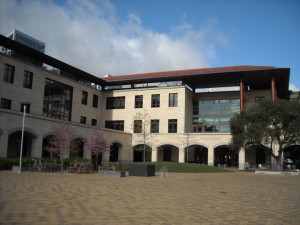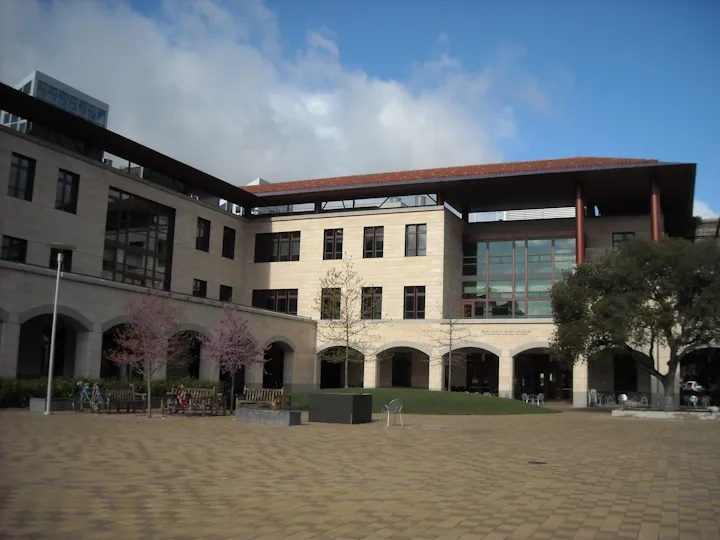Responding to rapid growth in student enrollment, the School of Engineering anticipates making significant expansions to its faculty size. According to the University’s budget plan for this academic year, the school plans to hire three to five new faculty members each year “for the foreseeable future.”

In the past two years, the school has gone from serving 20 percent of the student population to 25 percent. Further enrollment increases are expected in 2014, when the Department of Bioengineering will open its new facility in the Science and Engineering Quad, allowing it to fully accommodate an undergraduate major.
Bioengineering (BioE) is one of the best examples of the growth in enrollment in the School of Engineering. The department was founded in 2002 as the first at Stanford to be jointly managed by two schools, the School of Engineering and the School of Medicine. While only open to graduate students at first, the department finally accepted undergrads in 2010.
“We are worried that the number of undergrads considering this major may overwhelm the BioE department,” Jim Plummer M.S. ’67 Ph.D. ’71, dean of the School of Engineering, told The Daily in 2010.
The department may already be feeling the strain of a rapidly expanding student body. Norbert Pelc, chair of the Bioengineering Department, said the number of faculty in his department will increase “at a fair pace for at least five years, if not closer to 10” in order to compensate for the increase of students. He foresees introducing one to two new faculty members to the department each year.
“The staffing that we’re doing is to grow the department to be able to handle what we think will be a very popular major,” Pelc said. “You look for truly outstanding people, and then you look for people in areas that are underrepresented at Stanford and that pose or present good opportunities for new scientific endeavors.”
The Department of Management Science and Engineering (MS&E) is also looking to increase its faculty size over the next year. They have posted an online advertisement for junior faculty positions, asking for “scholars who can strengthen our portfolio in computational social science, operations research or applications in such areas as decision making, economics, financial engineering, operations management, policy and work systems.”
The MS&E department is similar to the Bioengineering department in that it is relatively young, founded only in 1999. Since its foundation, it has grown to the current size of 130 students. While MS&E has moved permanently into the Jen-Hsun Huang Engineering Center, the Bioengineering Department currently lacks enough space to accommodate more faculty members.
“When the department was created 10 or so years ago, we had a vision for how the department would grow, but space has always been an issue,” Pelc said. “The last search that we ran this past year was on the assumption that we would be able to find interim space, and I think we’re O.K., but it’s always nerve-wracking.”
The new BioE/Chemical Engineering building in the Science and Engineering Quad is expected to be completed and ready for move-in by the summer of 2014. Until then, the School of Engineering will continue to struggle with a lack of space and an increase in shared facilities.
“The new building sets the stage for us to be able to continue to grow and mature,” Pelc said. “It’s not exactly the beginning, but it will certainly be a transition and an exciting one. We’re looking forward to being able to move in and have another collection of faculty all in one place.”
While the School of Engineering is preparing to increase its faculty size over the next few years, other schools at Stanford have started to plateau, including some that were growing quickly in past years. The School of Humanities and Sciences, for example, experienced a rapid increase of faculty in its Department of Biology, however it has stopped hiring in recent years.
“The department that has grown most since 1980 is Biology because of the expanding research agenda and student enrollments in this discipline,” wrote Richard Saller, dean of the humanities and sciences, in an email to The Daily. “Our expectation about little or no growth for the next year or two is a result of the fact that we have been more successful in faculty hiring over the past two years than we expected.”
